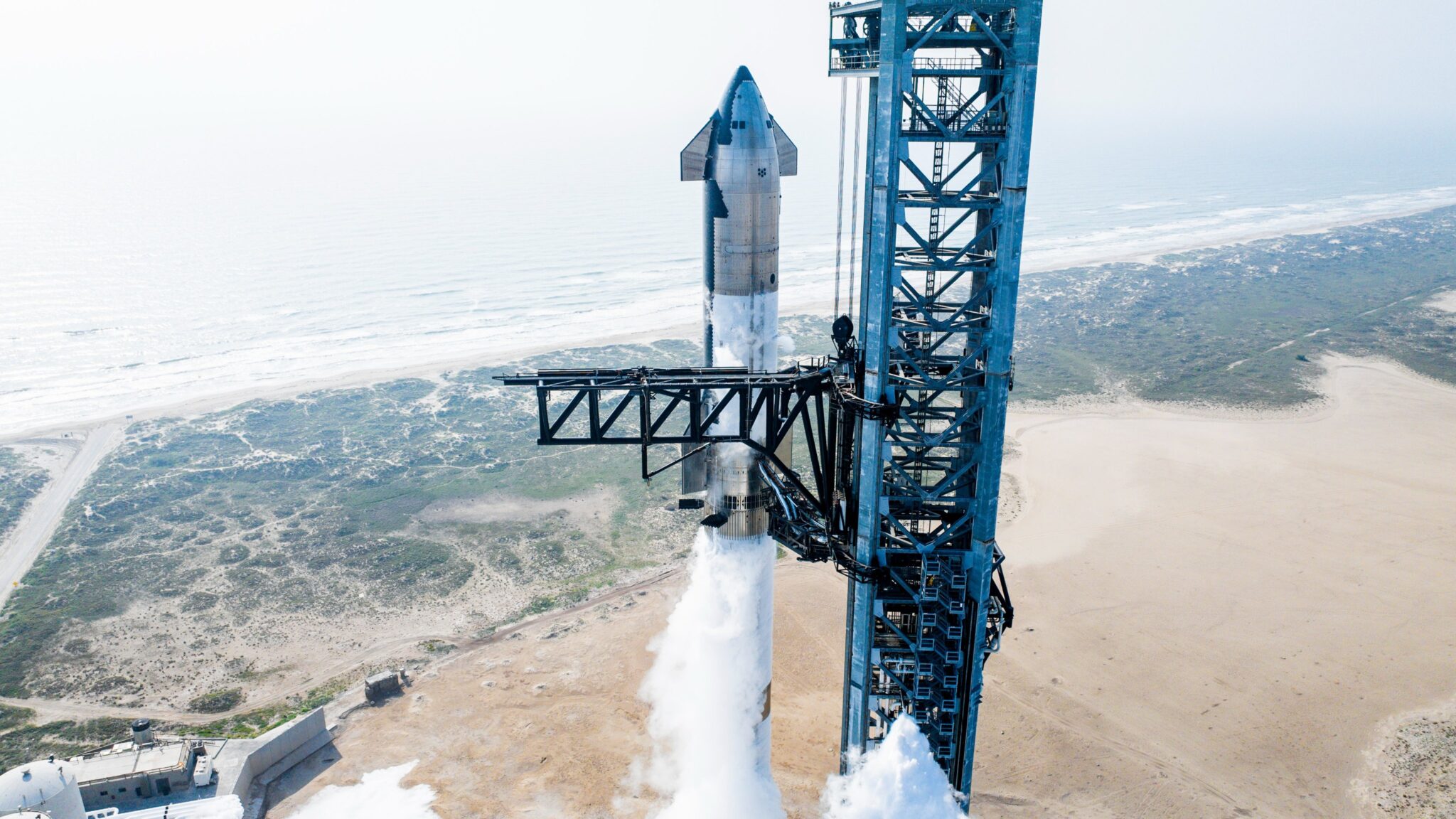SpaceX CEO Elon Musk announced that the powerful Starship rocket was “ready to fly.” The space company plans to send the 120-meter rocket on its fourth test flight on June 6. However, to do this, it needs to obtain a flight permit from the Federal Aviation Administration (FAA).

After obtaining permission, SpaceX engineers will be able to complete preparations for the launch of Starship, which includes the first stage of the Super Heavy launch vehicle and the Starship spacecraft. The launch will take place from the Starbase in Boca Chica, Texas.
Three previous Starship test flights were conducted from the same location – two of them last year and one in March 2024. The first two flights ended in explosions a few minutes after launch, while the third lasted about 45 minutes and achieved many mission objectives, including entering orbit.
Starship is ready to fly pic.twitter.com/3PIb5FhHaR
— Elon Musk (@elonmusk) June 3, 2024
SpaceX said the fourth test flight would focus on demonstrating the possibility of returning and reusing the Super Heavy and Starship launch vehicles. It is planned that the Super Heavy launch vehicle will make a landing and soft splashdown in the Gulf of Mexico, and Starship will make a controlled entry into the Indian Ocean. Eventually, both parts of the rocket must return to base after takeoff, similar to how the first stage of a Falcon 9 rocket lands vertically back on earth or on a barge in the ocean, allowing reuse.
“To accomplish this, several software and hardware upgrades have been made to increase overall reliability and address lessons learned from Flight 3. The SpaceX team will also implement operational changes, including the jettison of the Super Heavy’s hot-stage following boostback to reduce booster mass for the final phase of flight,” a message on SpaceX’s website said.
Starships were meant to fly!pic.twitter.com/BELbcz87rB
— Space Sudoer (@spacesudoer) June 3, 2024
It is expected that after full testing and obtaining a license, Starship will be able to deliver crew and cargo to the Moon as part of NASA’s Artemis program. It can also deliver the first humans to Mars, although such a mission probably won’t take place until the 2030s.
Earlier, we reported on how a Japanese billionaire canceled a flight around the moon.
According to spacex.com


